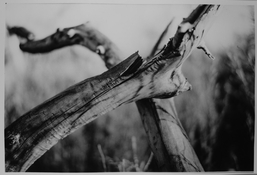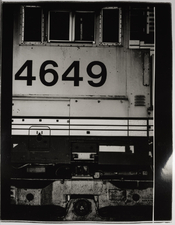avandesande
Subscriber
I have never been quite satisfied with the prints directly from the digital enlarger and I have been interested in making negatives to print from instead.
These 4x5 negatives are using ilford ortho plus film. Development was pretty sloppy with some used ansco 40 I had sitting around. This weekend I will use some fresh D76 and use actual development times etc....
Pretty high contrast but the prints would be hard pressed to tell if they were digital. I will try making some medium format sized negatives this weekend and with some HP5 as well. Lots of technical hurdles with the enlarger such as extended lensboard and ND filters are needed for this.
Enlarger thread....

 www.photrio.com
www.photrio.com
These 4x5 negatives are using ilford ortho plus film. Development was pretty sloppy with some used ansco 40 I had sitting around. This weekend I will use some fresh D76 and use actual development times etc....
Pretty high contrast but the prints would be hard pressed to tell if they were digital. I will try making some medium format sized negatives this weekend and with some HP5 as well. Lots of technical hurdles with the enlarger such as extended lensboard and ND filters are needed for this.
Enlarger thread....

DIY 31 Megapixel Enlarger
This is something that I have been thinking about since 8k monitors came out and have been waiting the last several years for prices to come down but it hasn't come to pass. Recently I became aware that small very high resolution monochrome lcd are being used for 3d resin printing. It's an...
Attachments
Last edited:
























